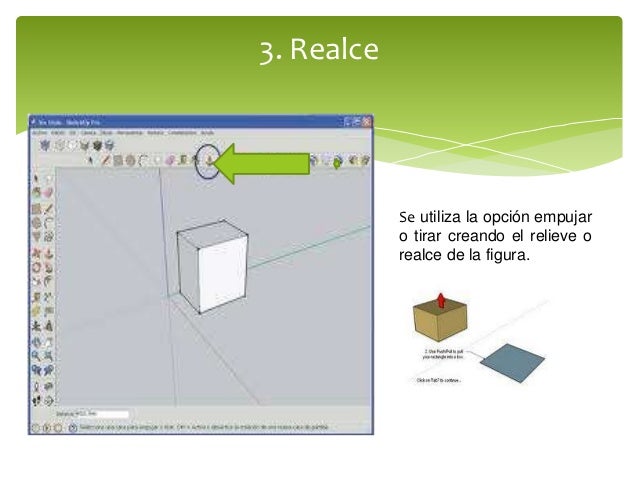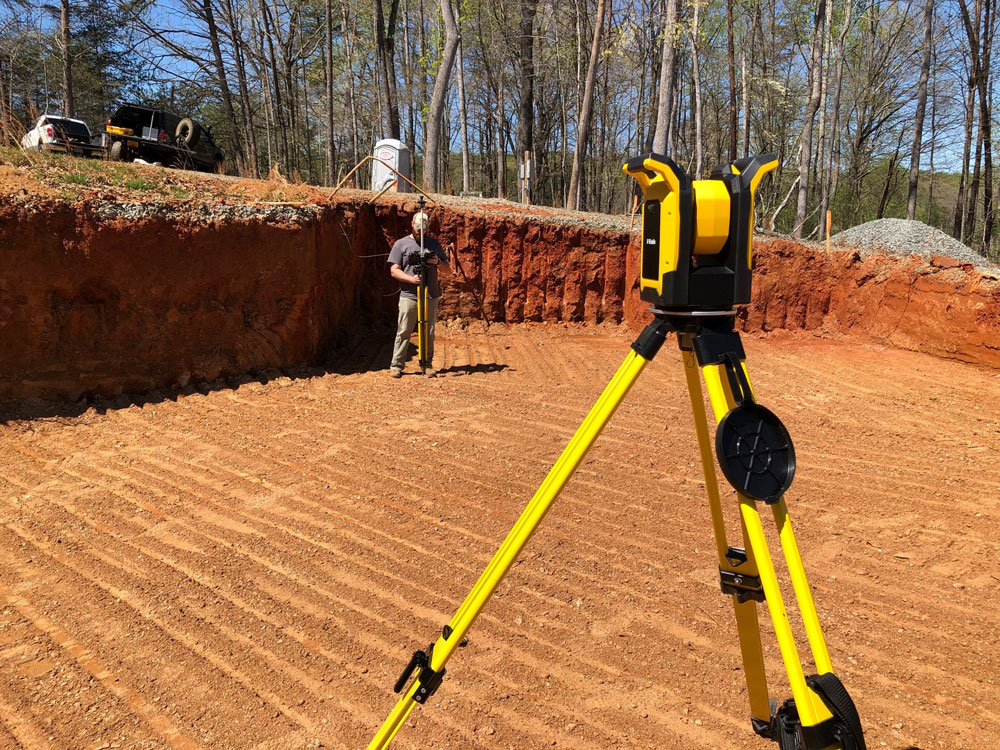

Given that architects are creatures of habit, it would take an astronomical shift in designers’ preferences for this to diminish significantly.
#Trimble sketchup login software
John Bacus, Product Management Director for Trimble’s Architecture & Design Division, estimates that some 35 million people use the software every year. Firstly, SketchUp’s existing user base is, quite simply, vast. Well, probably not, for a couple of reasons.

Both programs are dedicated to design development - these applications are about the creative process, not the finished package.įormIt works seamlessly with Autodesk’s hugely successful Revit software via YouTube. On the face of it, the two programs possess very similar controls and aesthetics - the push-pull functionality that has made SketchUp such an intuitive design tool has been co-opted by Autodesk, as has the cartoon-like visual style, which eschews photorealism in favor of running as smoothly as possible. Of course, this sounds a lot like SketchUp, and that is precisely the point: Autodesk is looking to take a bite out of Trimble’s market, or possibly eat the whole pie, so to speak. FormIt aims to bridge the gap between pencils and pixels, giving architects the ability to sketch out their ideas in three dimensions right at the beginning of the process. “Every project starts with a sketch … capturing the essence of what the project wants to be,” says Tobias Hathorn, UX Designer and Product Owner at Autodesk. The makers of FormIt describe its modeling tools as “familiar yet powerful” - a direct nod to SketchUp’s much-loved interface, with the added “power” of BIM via YouTube. Recognizing this fact, Autodesk developed a brand-new weapon in its software arsenal: FormIt.įormIt has been around for a number of years already, but recent updates and a serious marketing push in the fall of 2016 make it worth reexamining, particularly in comparison with SketchUp, its natural competitor. Autodesk’s Revit has had no problem dominating the market for the more advanced stages of architects’ work-flows, but it is not necessarily the go-to program for sketching out possibilities at those initial, conceptual stages. Herein lies the key: SketchUp’s strengths pertain to the speed and ease with which one can digitize ideas at the outset of a project. While BIM is now an essential branch of the profession’s work-flow, there remains something about SketchUp’s intuitive interface that has seen its usage largely undiminished in the early stages of design. While the designers of other modeling applications continue to test technical boundaries with complex new tools, those behind SketchUp have worked hard to maintain the program’s core quality, the one that has kept architects coming back time and again: accessibility.
#Trimble sketchup login series
The amazing response to our recent series on SketchUp has proven that Trimble’s software is as popular as it has ever been.


 0 kommentar(er)
0 kommentar(er)
